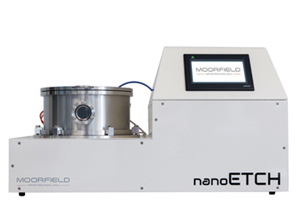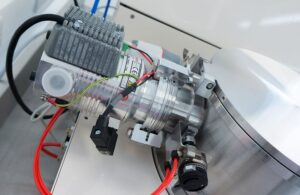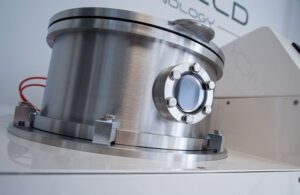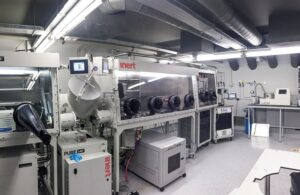Soft Etching
Nano etching, often referred to as nanoscale etching or nano-patterning, is a process used in nanotechnology to create extremely small and precise patterns or structures on the nanoscale. Etching, in this context, involves the selective removal of material from a substrate, leaving behind the desired pattern or structure. Nano etching is a fundamental technique used in the fabrication of various nanoscale devices, such as integrated circuits, microelectromechanical systems (MEMS), and photonic devices. Nano etching is critical in the development of nanoscale devices, materials, and technologies, including advanced electronics, sensors, and photonic devices. It enables the creation of intricate structures with precision and control, facilitating the miniaturization and advancement of various technologies.




